These are the hurdles facing women in Swiss politics
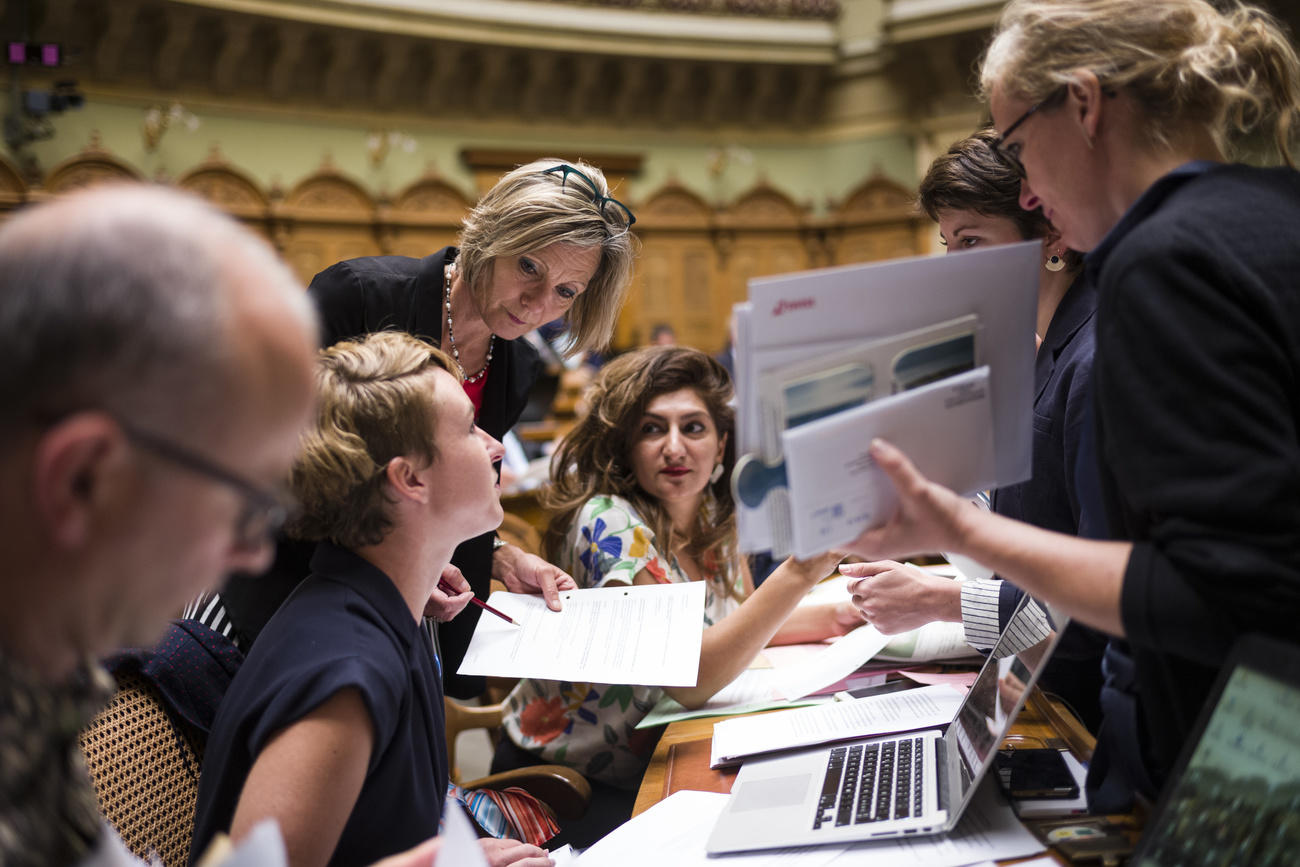
In Switzerland, female voters outnumber their male counterparts by 10%. Yet women remain a minority in cantonal and federal politics. Here’s a look at some of the reasons for this discrepancy.
The Swiss will elect a new parliament this October. Never before have so many women run for a seat in the House of Representatives. However, it is very likely that men will once again dominate the newly elected parliament.
Why do women struggle to succeed in politics? What are the hurdles and why do they fail? This is a search for the reasons across all levels of political life.
Members and delegates
Women in politics are confronted with a male majority in virtually all respects. This is evident in party memberships, the most basic level of political participation. The biggest Swiss parties count a total of 93,000 female members, compared to 138,000 men.
However, there are big differences between the parties. For example, the share of men in Switzerland’s strongest party, the conservative right Swiss People’s Party, is twice as high as the share of female members. The same applies to the centre-right Conservative Democratic Party.
Both the centrist Christian Democrats and the Social Democratic Party state that their share of female members is around 40%, while the centre-right Radical-Liberal Party does not reveal its figures. Apart from the Greens, no other party approaches parity.
A closer look at the number of female delegates reveals a similar picture. As most parties do not count how many of their delegates are women, RTS and SRF – the French and German-language public broadcasters, respectively – have analysed photos taken during delegates’ meetings and marked the share of men and women. The results are obvious: women are also in a minority at a delegates’ level, especially within the centre-right parties.
BDP – Conservative Democratic Party; CVP – Christian Democratic Party; FDP– Radical Party; GLP – Liberal Green Party; SP – Social Democratic Party; SVP – Swiss People’s Party.
Alice Glauser, People’s Party’s parliamentarian for canton Vaud, thinks this is problematic: “The structures were created by men for men.” The fact that there are only a few women in her party definitely has an influence on its politics. “The issues rightwing parties deal with are not necessarily the ones that are of most interest to women,” she says. According to Glauser, some things are “set in stone” and the party would never deviate from them – even if women were to advocate for it.
Political office
Once a woman decides to run for political office, she encounters further hurdles. Although women represent 53% of the electorate, they are underrepresented on the electoral lists. At a cantonal level, an average of twice as many men as women run for office.
During the last four legislative terms, this quota has barely increased – until this year, that is. In several cantons which held elections in 2019, the number of female candidates as well as the number of those elected has increased significantly. This is true in Zurich, Ticino and Lucerne.
Martine Docourt is one woman who has made the leap into politics. She was elected first to the city council and later to the cantonal parliament of Neuchâtel. Now she is running for a seat in the senate. When she entered politics, she discovered the same “glass ceiling like in the professional world,” she says.
Sexist comments and difficulties when trying to combine family, job and politics have shaped her career. Although she says she found these hurdles encouraging, Docourt is not surprised that “women often withdraw from political life when they have a baby.” Is motherhood an additional hurdle?
2019 – the year of change?
When it comes to the federal elections, 2019 could be the year of change. While the proportion of women running for seats in the House of Representatives remained at 30% for more than 28 years, women now make up 40% of candidates.
In several cantons, the gap between men and women remains significant. In Valais, St Gallen and Schwyz, the 40% mark is still a long way away, and inequality still prevails in individual parties. The People’s Party, for example, puts forward one female candidate for every three male candidates. For their part, the Radical-Liberals have made the greatest progress in increasing the share of female candidates in the federal elections: from 31% to 40%.
Better chances to be elected
Women have wanted to enter politics since they were given the right to vote, but for a long time they were not elected. For 40 years, there has been a discrepancy between the number of female candidates and the number of women elected. This gap, however, seems to be getting progressively smaller. In 2015 the proportion of women elected was only slightly lower than the proportion of women running for office.
Here too, the situation varies from party to party. In 2015, female candidates of the People’s Party, the Green Party and the Social Democrats were almost as successful as their male counterparts. Women in the Radical Party had a much smaller chance of being elected than men: 31% of the candidates were women, but only 21% of those elected were women.
The fact that the number of women elected is proportionally lower than the number of women candidates shows that they appear further down on electoral lists. In 2015, for example, the centre-left and centrist parties gave at least two of the top three positions on their lists to men, as their chances of getting elected were higher. On the People’s Party list, nearly three out of four positions were taken by men. Only the Greens and Social Democrats had given most of their top positions to women.
This, however, will be different in the 2019 elections. Apart from the Conservative Democratic Party, all parties have put more women on the top of their lists. Here again, this increase is particularly strong among the Radical-Liberals, who are approaching gender parity at the federal level. All of this could indicate a historic increase in the share of women in politics.
Translated from German by Billi Bierling

In compliance with the JTI standards
More: SWI swissinfo.ch certified by the Journalism Trust Initiative
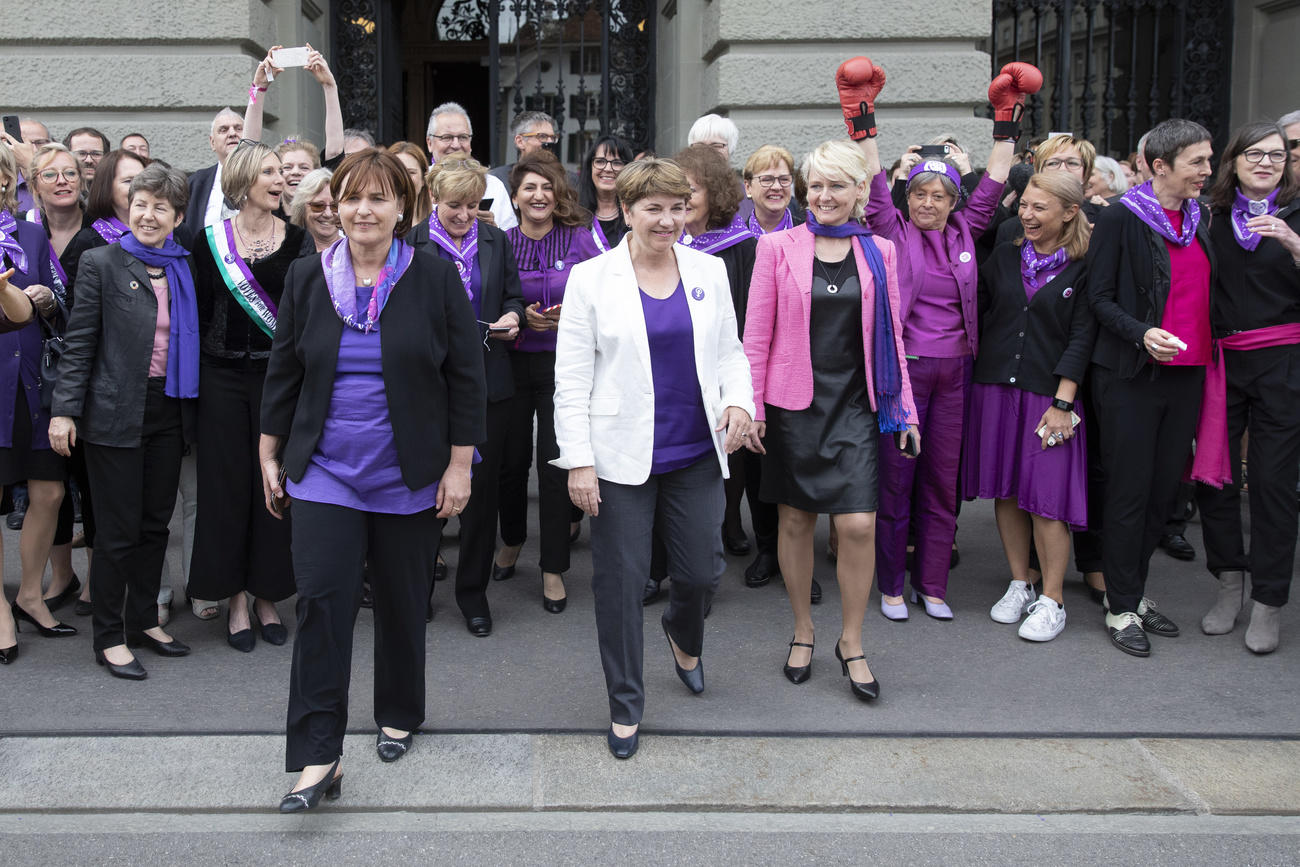
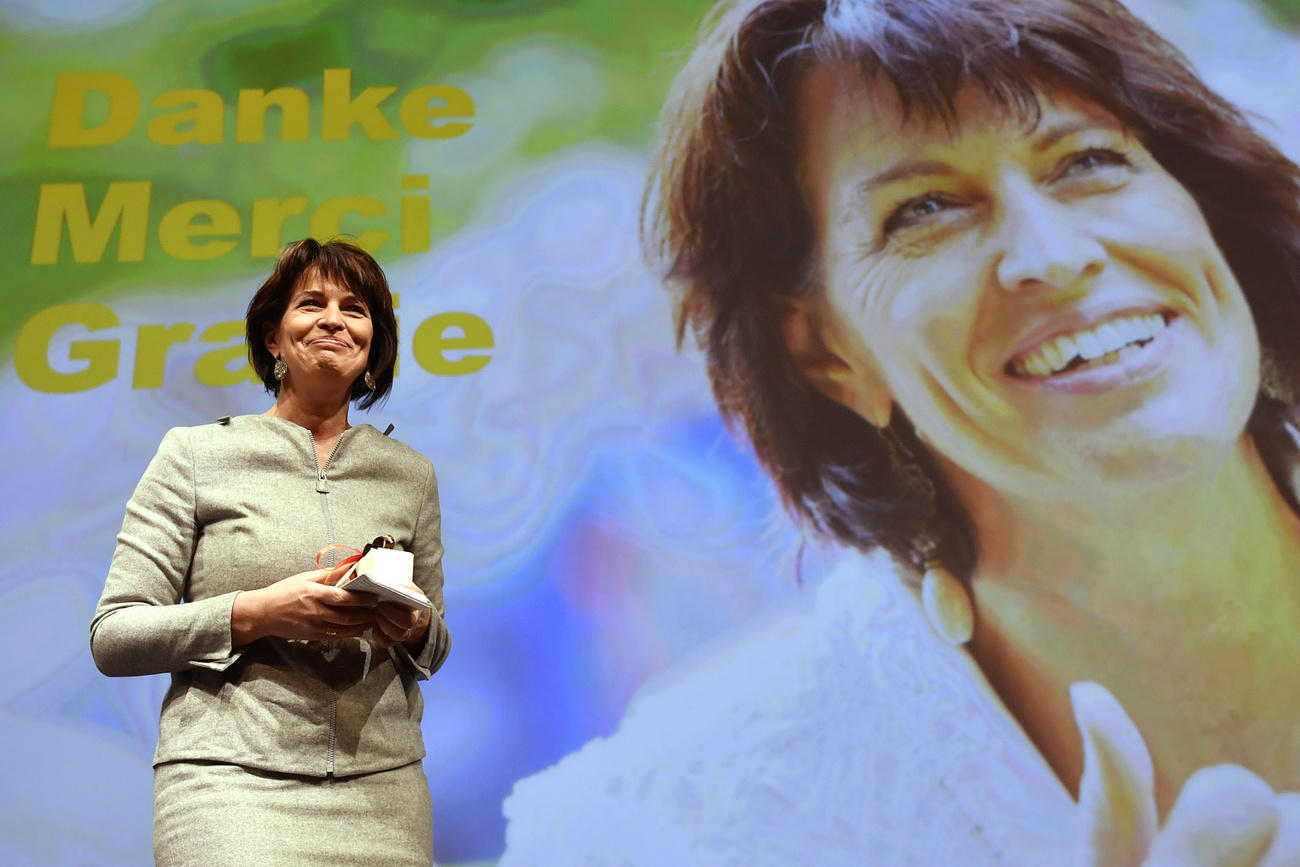
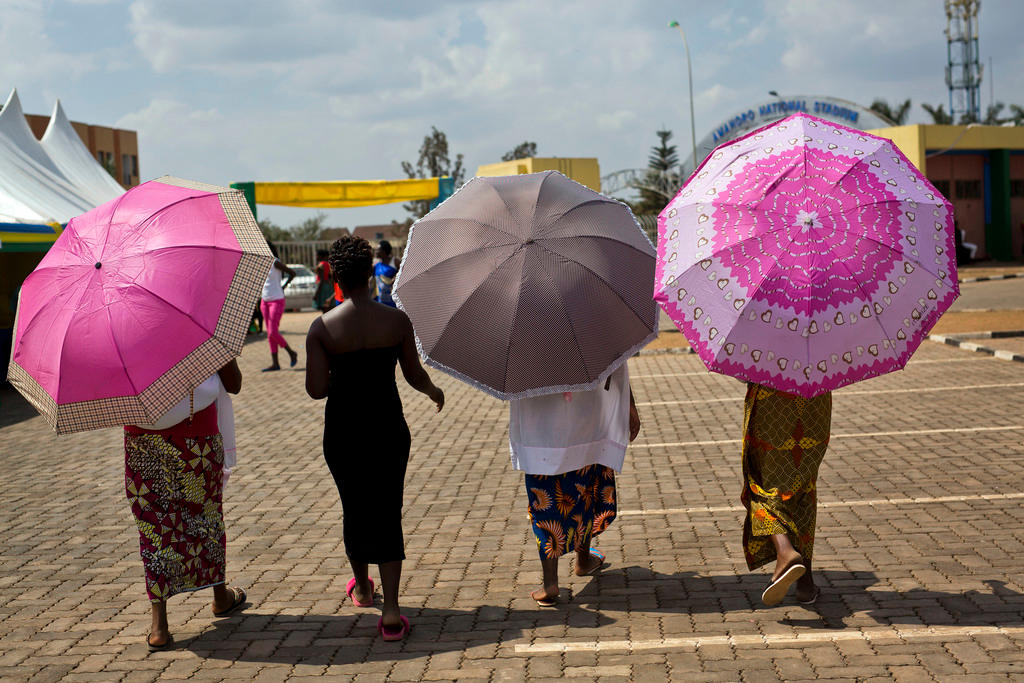
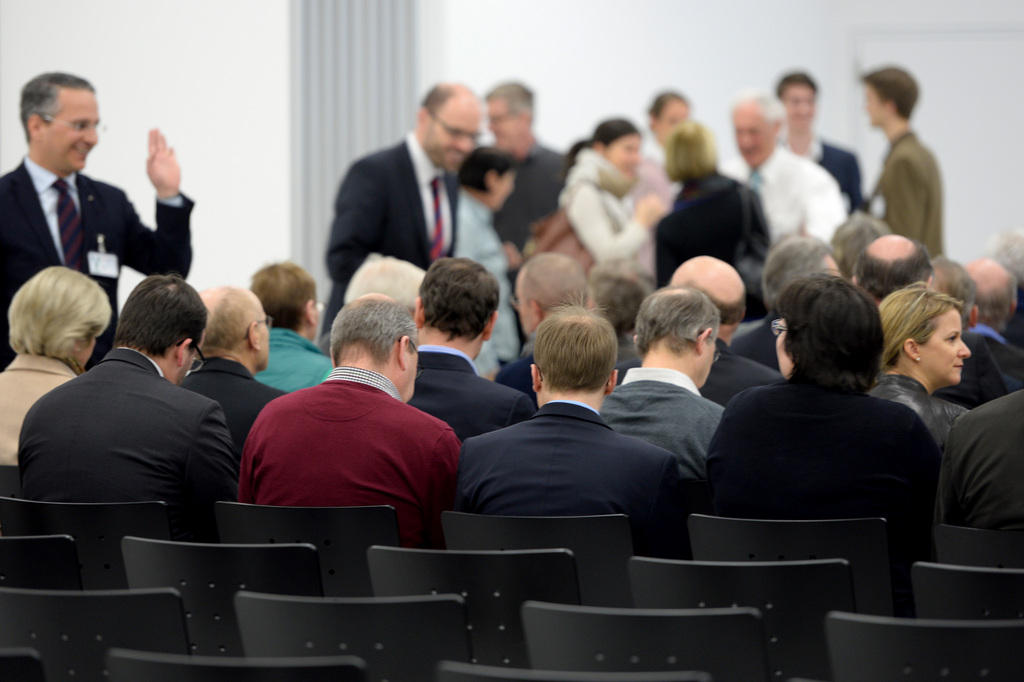
You can find an overview of ongoing debates with our journalists here. Please join us!
If you want to start a conversation about a topic raised in this article or want to report factual errors, email us at english@swissinfo.ch.